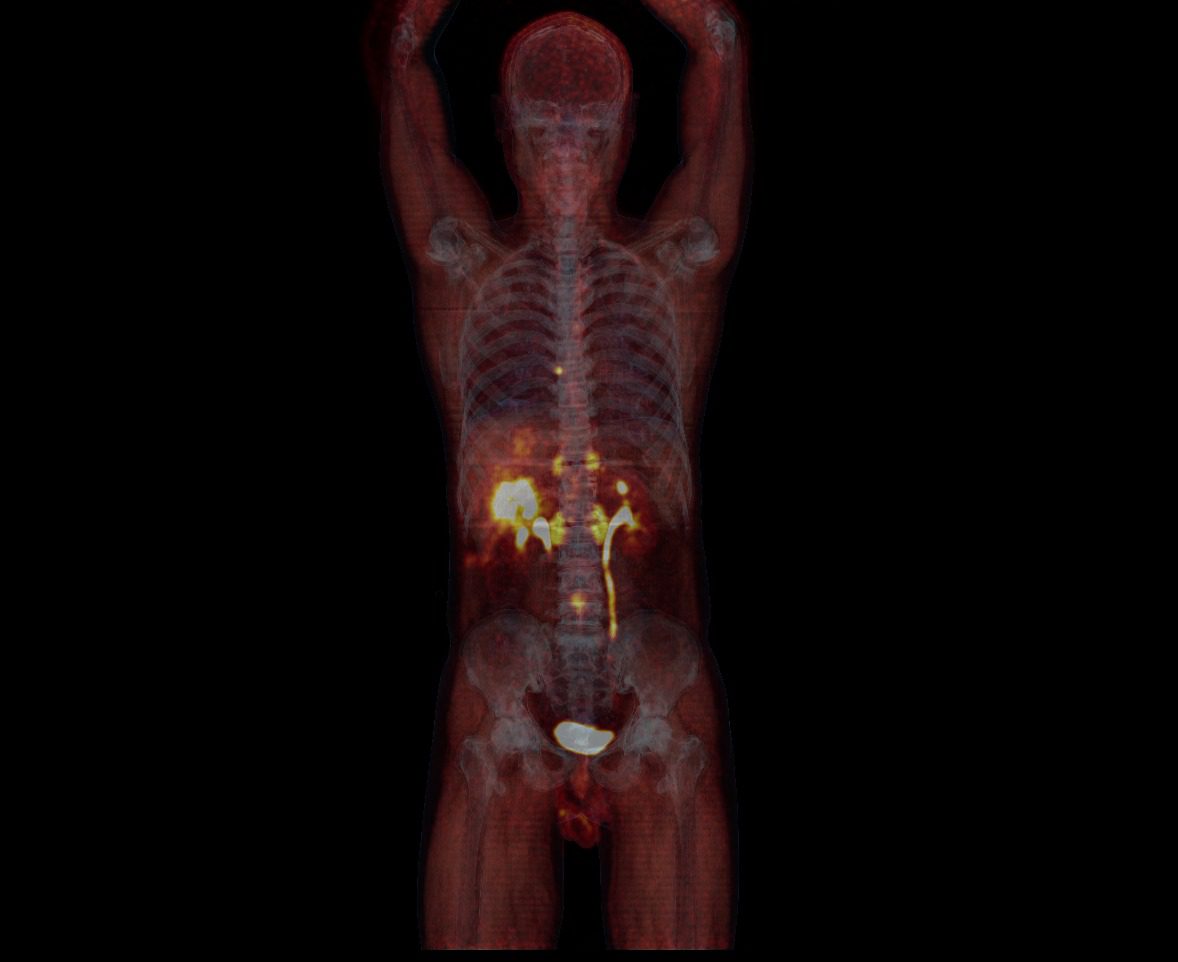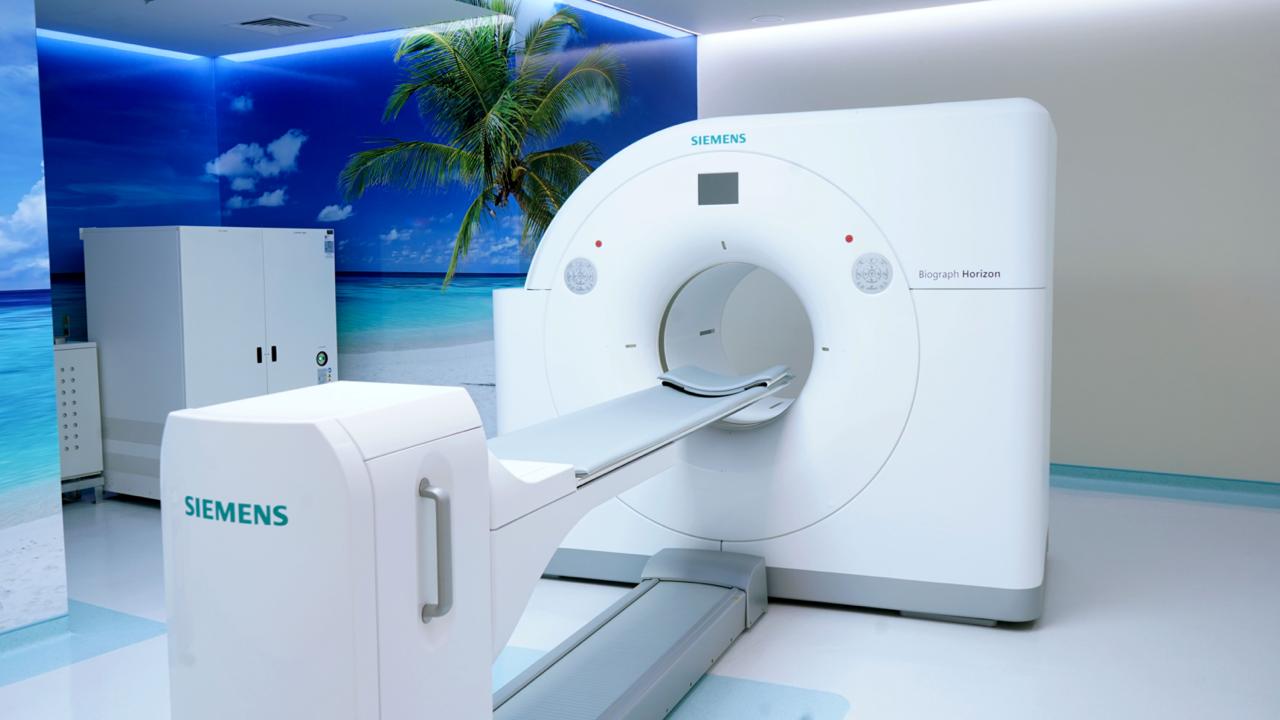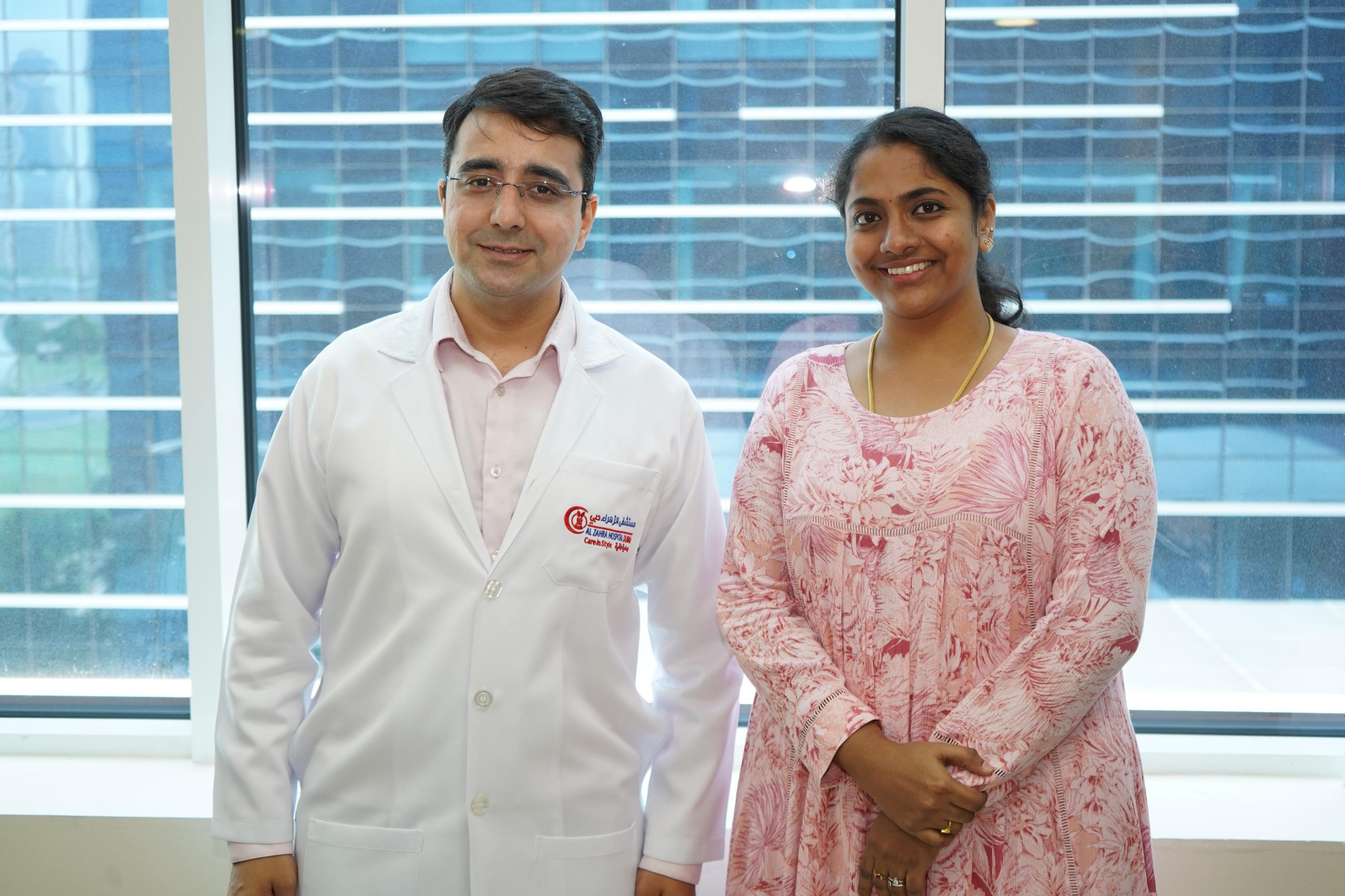Attention-deficit/hyperactivity disorder (AD/HD or ADHD)
It is a neurobehavioral developmental disorder, affecting preschoolers, children, adolescents, and adults, characterized by impulsiveness and inattention, with or without a component of hyperactivity
- Acting before thinking of consequences
- jumping from one activity to another
- disorganization
- tendency to interrupt others’ conversations
Hyperactivity Restlessness, often characterized by inability to sit still, fidgeting, squirminess, climbing, on things, restless sleep
Inattention Easily distracted day dreaming not finishing work difficulty listening motor clumsiness
Population surveys suggest that ADHD occurs in most cultures in about 5-8% of children and about 2.5% of adults
symptoms are difficult to distinguish from highly variable normative behaviors before age 4 years.
Symptoms must be present by the age of 12 years
There are 3 subtypes instead of 2, combined, predominant inattentive, and predominant hyperactive/impulsive
ADHD is more frequent in males than in females in the general population, with a ratio of approximately 2:1 in children and 1.6:1 in adults. Females are more likely than males to present primarily with inattentive features.
MRI studies reported decreased volume of (cerebellar regions, splenium of corpus callosum, total and right cerebral volumes, and right caudate nucleus)
fMRI studies reported hypo activation of right inferior frontal cortex which is associated with motor response inhibition in adult ADHD
ADHD is comorbid with addiction in adulthood up to 58% and also has association with interpersonal difficulties, increased crime, increased rate of traffic accidents and poorer quality of life in general.
ADHD may be accompanied by delayed speech, autism spectrum disorder, intellectual sub normality, obsessive compulsive disorder, anxiety, learning disabilities.
The diagnostic criteria for ADHD dropped by about 50% over three years after the diagnosis. It persists in about 60-85% in adolescence, and up to 60% of cases in adulthood. People with ADHD tend to work better in less structured environments with fewer rules. Hyperactive types are likely to change jobs often.
Management includes: behavioral intervention parent training and education pharmacological treatment













